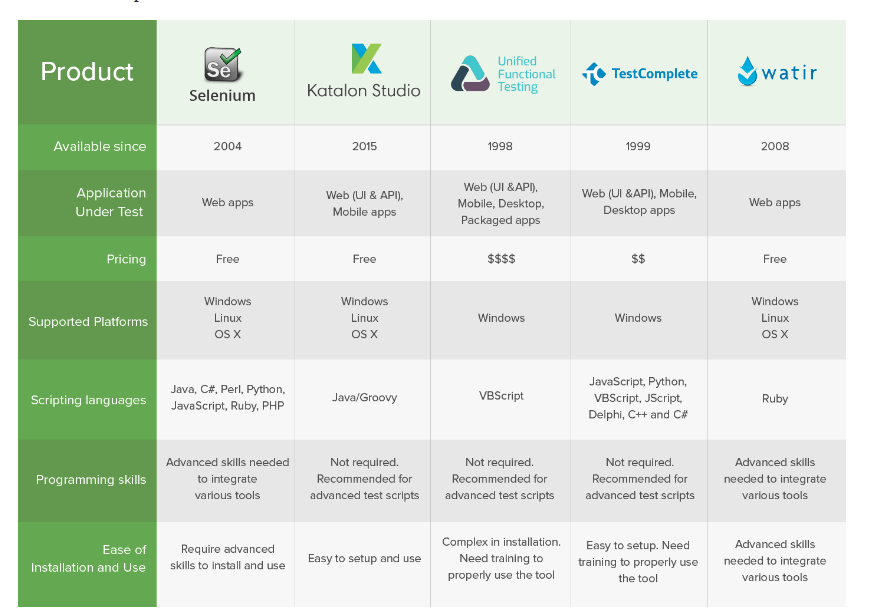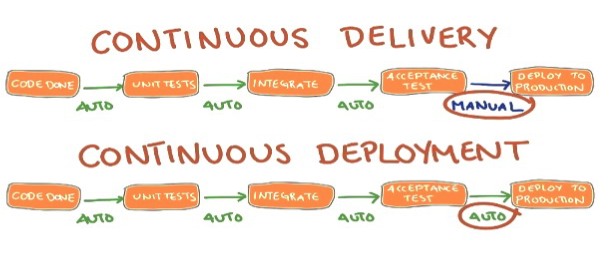DevOps is revolutionizing the way companies/organizations approach software development. DevOps is not just a tool or a method; it is an approach from development to operation via testing and monitoring. By uniting development and operation teams, companies can get faster innovation in the field of automation, improved deployment quality and automated testing environments.
There are multiple tools associated with the term DevOps which provide an appropriate environment for development, Shipping, testing, Monitoring, Running and deploying a software-product from one platform to another.
Automation
Automation, this terminology is defined as a technology performing a process by means of programming and commands combined with automatic feedback control system to ensure proper execution of instructions. The resulting system is capable of operating without human intervention.
In the present scenario, every industry looks to automate the environment. In the software production industry the one of the important stage is testing, the manual testing of software or code written is the most difficult task (It is difficult to go through the thousand lines of code and find mistakes committed by the coder). The task of testing can be automated through a software tool which will take care of code and software values developed by the developer. Along with that the automation can be introduced anywhere from the development to production side in IT industries.
Over Automation
Any Automation which results non-relative features rather than required, due to linking of too many tools is referred as over automation. As efficiency of the software value product goes down due to over automation. The over automation typically arises when automated process fails. There is a need to set equilibrium between over and under automation.
Under Automation
While doing automation sometimes developer might not be able to automate the product as per client/user requirements, this terminology is called as under automation. That leads DevOps to an unproductive extreme.
The way of prevention from over and under automation is harmony between these terminologies. This is the matter of understanding of the needs and requirements of the clients when it comes to development, testing, and deployment. Also, the tool chosen for the automation should be in proportion to the requirements.
DevOps tools for automation
To achieve faster delivery of software and out compete the competitor’s, right tools must be used. There is no any single tool which will fulfill all your needs alone. Configuration management, automated builds; provisioning, code deployment, testing and monitoring these all cannot be done using one particular tool.
There are many tools available for infrastructure automation but which tool is to be used is decided by the needs and requirements of the project.
To improve quality, productivity and services, software development changes are done day by day so that the tools associated with Software testing plays a vital role in achieving these objectives. Every organization/company looks for the automation of testing environment. To achieve automation DevOps provides a long range of tools.
 (Source: medium.com)
(Source: medium.com)
Deployment is one of the prevailing goals of effective DevOps. Continuous integration, continuous deployment, other tools and process are all in some way related to facilitating the flow of continuous deployment or monitoring as well as managing it after the fact that it feeds back to the beginning of the loop and back to deployment.

To enable faster and precise response from the client/user side DevOps team needs monitoring automation. To provide such automation there are so many tools available in the market.
Conclusion
Automation is the first and foremost need of software industries. The organizations emphasizing their teams to shift towards DevOps, so that the aim of complete automation can be achieved. DevOps includes dozens of tools from development to production side (via testing and monitoring) to provide an appropriate automation and configuration management of the application/software. These tools take care of every elementary as well as bulky problem and prevent huddles without intervention of human beings.
Are you searching for best DevOps Consultants to get your project completed? Miracle Group provides the best DevOps experts to help you fetch fast and efficient software solutions.